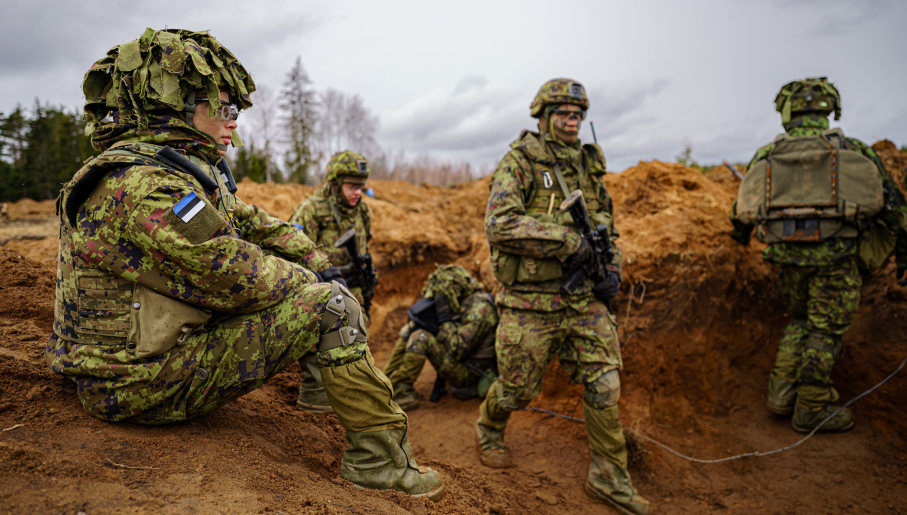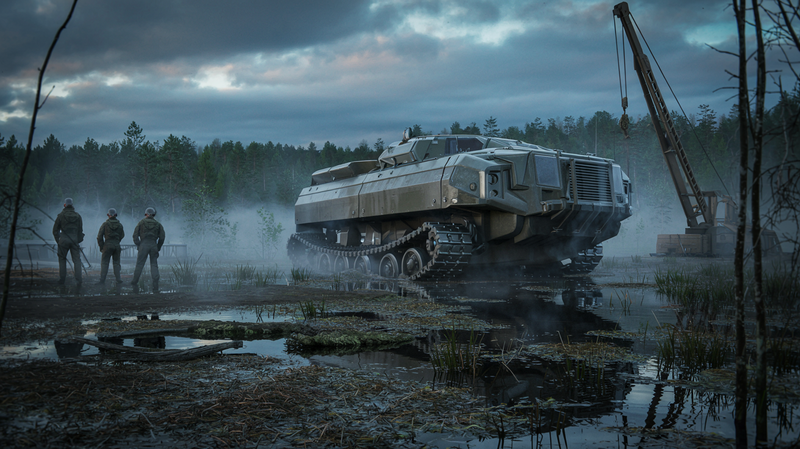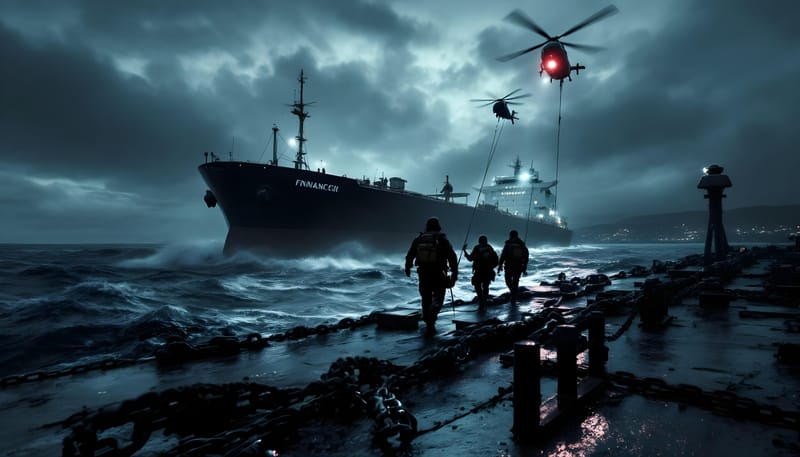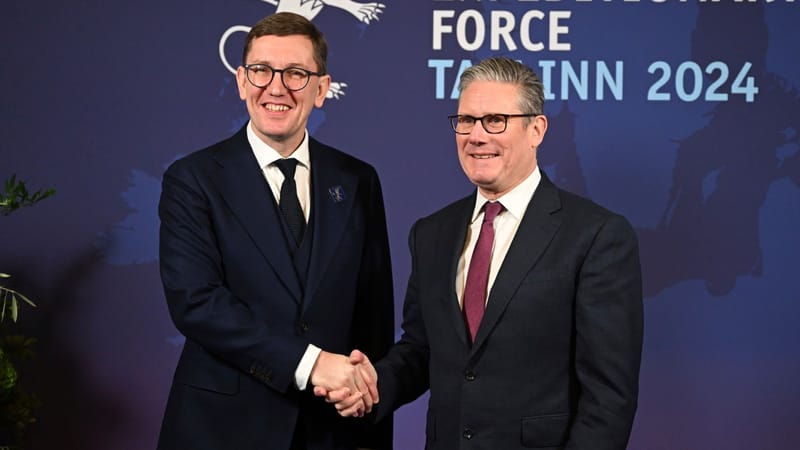NATO Affirms Commitment to Baltic Defense, New Plans Focus on Deterrence and Immediate Defense
Estonian Defense Minister Hanno Pevkur has confirmed that new NATO plans do not include the possibility of surrendering territory in the Baltic region, which lacks strategic depth. This announcement comes after reports by the New York Times on new NATO plans for the defense of the eastern flank of the

Estonian Defense Minister Hanno Pevkur has confirmed that new NATO plans do not include the possibility of surrendering territory in the Baltic region, which lacks strategic depth. This announcement comes after reports by the New York Times on new NATO plans for the defense of the eastern flank of the Alliance.
Previously, NATO's deterrence strategy focused on defending and regaining territory, but the new defense plans prioritize giving up the luxury of surrendering territory in the Baltic Sea region. Pevkur emphasized that the Alliance's overall defense posture is shifting towards deterrence and defense plans to immediately defend every meter of NATO territory.
NATO has been working on separate regional plans for Estonia and other Baltic countries for some time, and the final version of the project responds quite well to Estonian interests. Pevkur acknowledged that some details can still be refined, but the goal is to have plans that can be approved at the highest political level at the NATO summit in Vilnius.
In addition, the new plans take into account Sweden and Finland's potential NATO membership. Pevkur noted that Finland's accession to the Alliance is crucial for supply chains and logistics. By creating a NATO corridor to the north, Estonia's defense can be further strengthened.
Overall, the Estonian Defense Minister's remarks reaffirm NATO's commitment to the defense of the Baltic region and demonstrate the Alliance's evolving defense strategy. The new plans prioritize deterrence and immediate defense, which is essential for ensuring the security and stability of the region.
The Russian invasion of Ukraine has led NATO to transform into a war-fighting alliance like it was during the Cold War. NATO was characterized for years by self-doubt and inactivity, but it has now become an alliance committed to defending "every inch" of its territory from the beginning of a conflict.
The shift from deterrence by retaliation to deterrence by denial has been transformative, involving more troops along the Russian border, more integration of American and allied war plans, and more military spending. Central and Eastern European countries insist that it is no longer enough to deter by promising to reconquer, but rather to defend every inch of NATO territory from day one.
NATO has deployed multinational troops to eight countries along the eastern border with Russia and is detailing how to enlarge those forces to brigade strength in those frontline states. General Christopher G. Cavoli, the supreme allied commander Europe, is integrating American and allied war-fighting plans for the first time since the Cold War, under a new rubric of "deter and defend."
Countries are answering questionnaires about their capacities and equipment, and NATO planners tell them what is missing or could be cut or thinned. Now, the demands will be more demanding and specific, involving more detailed requirements for readiness.
The transformation is designed to make NATO's forces more robust and capable while also being more visible to Russia, a crucial element of deterrence. "NATO is an organization that took a holiday from history," said Ivo H. Daalder, a former American ambassador to NATO.
Photo: Estonian soldiers defend a dug-in position from attacking British armour and infantry in the Tapa central military training area in Estonia Photo by Ben Birchall/PA Images via Getty Images




